Last year AMD released FSR 3 frame generation, of which a simplified version that doesn’t use game vector data is also usable globally on the GPU driver level as the AMD Fluid Motion Frames feature. It can be used in all sorts of games that lack their own FSR 3 (or Nvidia’s DLSS 3) support. This technology will soon make its way from beta to standard drivers, and it now even works on integrated GPUs, including gaming handhelds. Read more “Fluid Motion Frames now also for Radeon iGPUs, leaves preview”
Tag: AMD RNDA 3
RDNA 3 the same as RDNA 2? Wrong, computational tests show
We’re still in the process of finishing our review of the Radeon RX 7600 (the Pulse model by Sapphire), but we made a little preview, looking at a subset of tests that might go unnoticed in the final review: compute applications benchmarks. Why? The card seems to show better than typical performance gains in them. We’ve seen opinions stating that Navi 33 GPU bingst nothing new versus the Navi 23 chip, but these results say otherwise. Read more “RDNA 3 the same as RDNA 2? Wrong, computational tests show”
AMD RDNA 3 details: architecture changes, AI acceleration, DP 2.1
November 3 saw the expected unveiling of a new generation of Radeon graphics cards from AMD with RDNA 3 architecture, a competitor to the GeForce RTX 4000, the already selling new GPU generation from Nvidia. In this article, we’ll discuss the chiplet design of the new 5nm AMD GPUs, the changes in architecture, and the new functionality and features that they bring. RDNA 3 has a lot of new stuff compared to the previous generation. Read more “AMD RDNA 3 details: architecture changes, AI acceleration, DP 2.1”
Leaked RDNA 3 GPU details: Has AMD underestimated Nvidia?
Major news has surfaced about AMD’s upcoming RDNA 3 architecture based 5nm GPUs. These chips will form the basis of Radeon RX 7000 generation graphics cards, which will compete with Nvidia’s GeForce RTX 4000 GPUs. Angstronomics has published their specifications as well as chip sizes, which raise doubts whether they can have competitive performance. On the other hand, they could be relatively low-cost. Read more “Leaked RDNA 3 GPU details: Has AMD underestimated Nvidia?”
AMD Radeon roadmap: RDNA 3 has new compute unit, uses chiplets
AMD held its Financial Analyst Day 2022 last week, unveiling their future plans there – we’ve already covered what the company said about Zen 4 processors coming out this year, Zen 5 coming out in 2024, and the processor roadmap (for Ryzen 7000 and 8000, Epyc 7004 and 7005). Besides that, the GPU roadmap with the future RDNA 4 architecture was also presented, and we learned new things about the RDNA 3 GPUs coming out this fall. Read more “AMD Radeon roadmap: RDNA 3 has new compute unit, uses chiplets”
Radeons RX 7000 to support PCIe 5.0, will get HW AV1 encoder
While so far unconfirmed, reports have surfaced that the next generation of gaming GPUs in Nvidia’s GeForce RTX 4000 “Lovelace” will not yet support PCI Express 5.0 connectivity and will stay at 4.0 with half the lane speed. But it seems that PCIe 5.0 could be coming for the competition. This is hinted at in the code adding support for these GPUs to Linux, which also gave some other hints of the features of the RDNA 3 graphics. Read more “Radeons RX 7000 to support PCIe 5.0, will get HW AV1 encoder”
Next year’s Ryzen 7000 APUs will have RDNA 3 GPUs
This fall, AMD is releasing a new generation of graphics cards (Radeon RX 7000) and Ryzen 7000 “Raphael” desktop processors with Zen 4 cores. However, this architecture should also be adopted quite quickly by Ryzen 7000 “Phoenix” APU processors for laptops. Little was known about these, but information on them has also started to leak: the Linux driver code has revealed the architecture of the integrated GPU. Read more “Next year’s Ryzen 7000 APUs will have RDNA 3 GPUs”




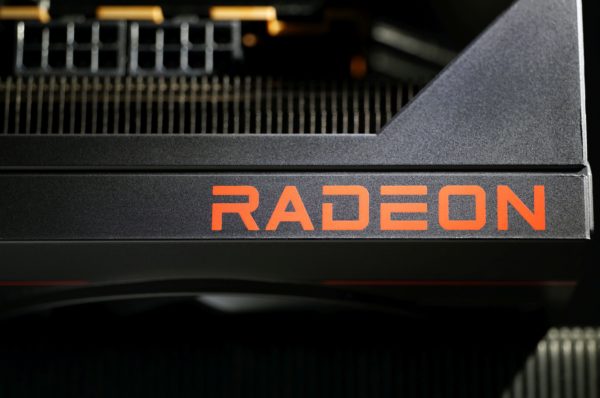
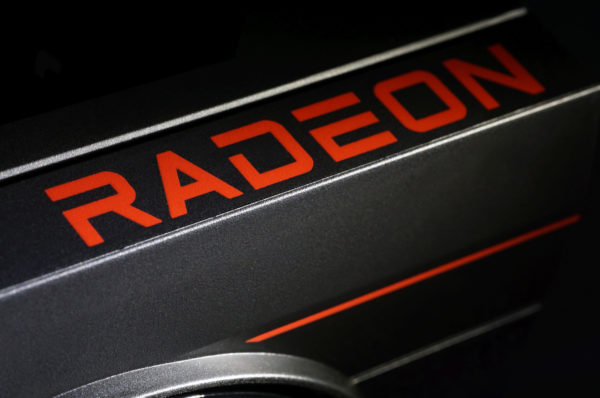
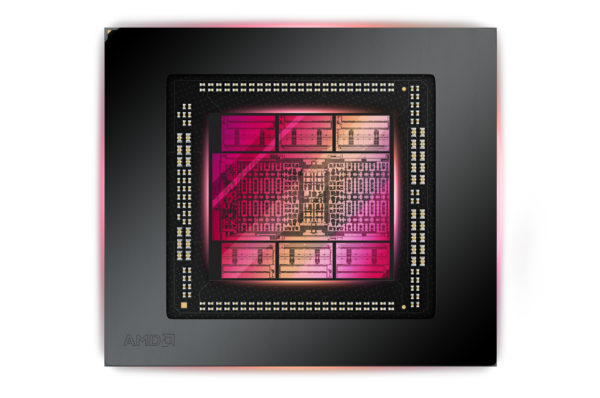
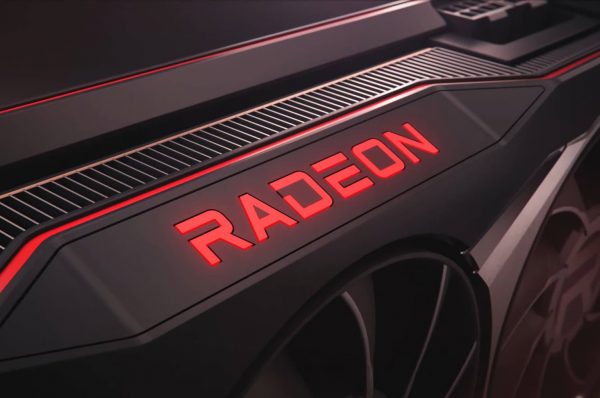
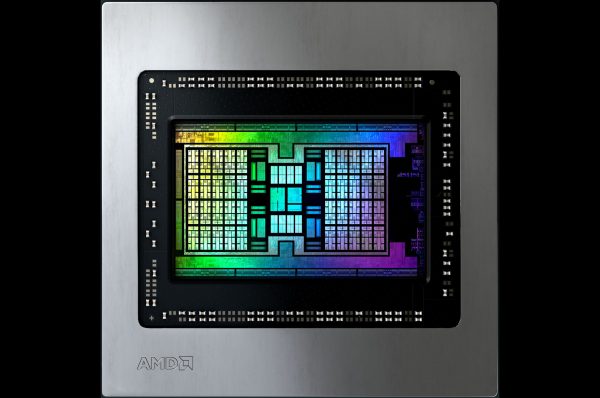
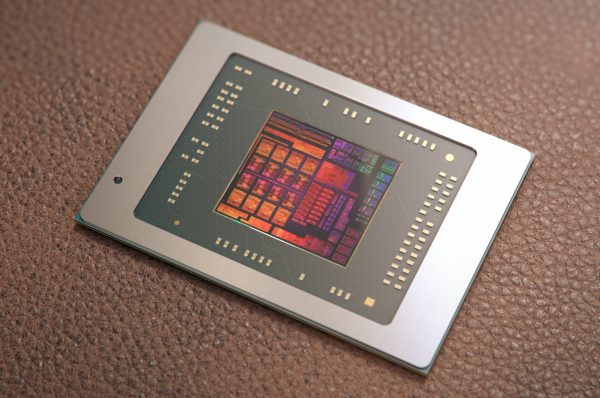



Latest comments